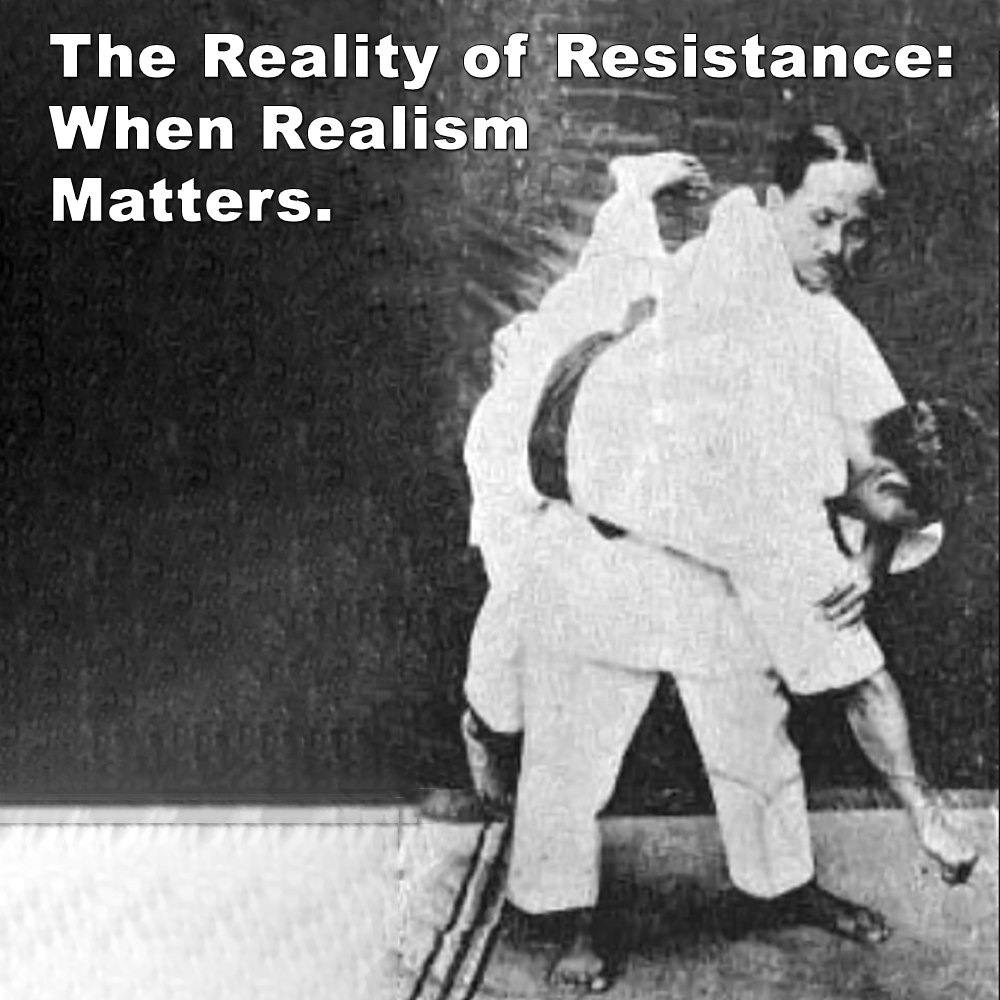
(Approx 1 minute 30 second read)
If you promote your martial art to include self-defense, then it’s essential that you incorporate high-intensity, realistic training. This might seem obvious, but often this isn’t the case.
.
When demonstrating practical applications, the techniques must be shown with a resisting opponent. Initially of course, static training is necessary to understand and coordinate the technique. It allows you to grasp the mechanics and refine your response.
.
However, if you stop there, you’re missing the point. The real world isn’t static. Attackers don’t politely hold still. They don’t just place their hands on you or your clothing and wait for your response. They push, pull, and apply force – often viciously – before the punches even start flying.
.
In a real confrontation, you’ll have to contend with your attacker’s momentum, mass, and aggression. They might be moving toward you, away from you, to the side, or trying to reposition themselves. You might face a push, a punch, a grab, a head-butt, or even a hidden weapon. Do you think you’ll have the luxury of responding with a perfectly executed, multi-step technique practiced on a compliant partner? The answer is a resounding no.
.
An attacker isn’t going to stand still with their arm outstretched, waiting for you to apply your technique. The techniques that look impressive in a controlled environment often crumble in the chaos of a real confrontation.
.
To train effectively for real-world self-defense, you need to introduce resistance, unpredictability, and even failure into your practice. You have to show what happens when the attacker resists – when they pull, push, twist, or move unpredictably. Even if you manage to land a strike, your opponent’s reaction needs to be taken into account too because this will change the dynamics. Their limbs, head, and torso will shift, altering the situation.
.
In a genuine self-defense scenario, your opponent will not be cooperative, and likely do something completely unexpected. They won’t allow you to execute your technique without a fight.
.
So get real – and try it.
.
Once you are past the initial demonstration phase, test your techniques on a resisting attacker. Challenge yourself and your students with the unpredictability and intensity of a real encounter. That’s where true skill is forged.
.
AC
.
.
Photo Credit: Gichin Funakoshi from Ryukyu Kenpo Toudi.
